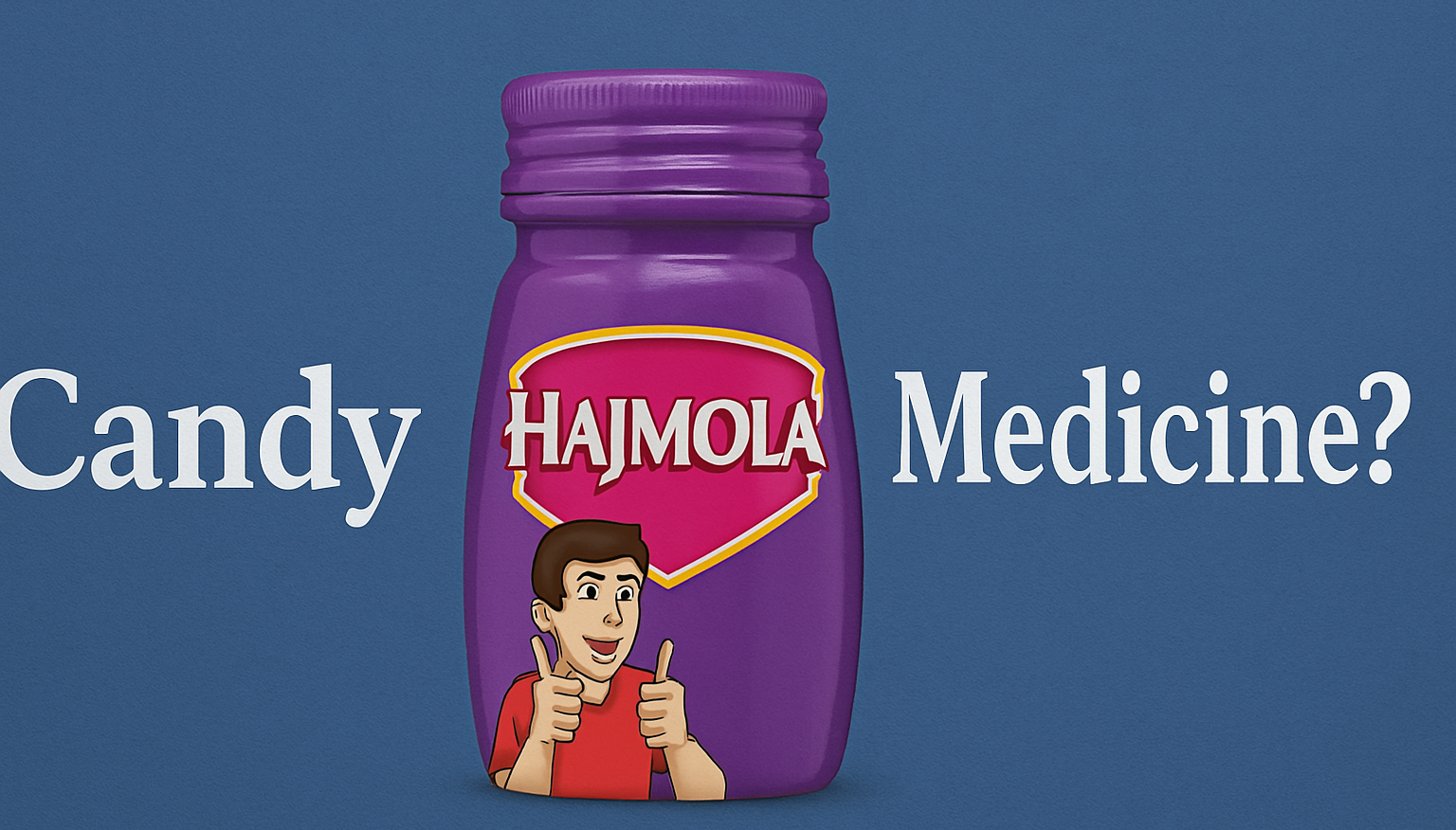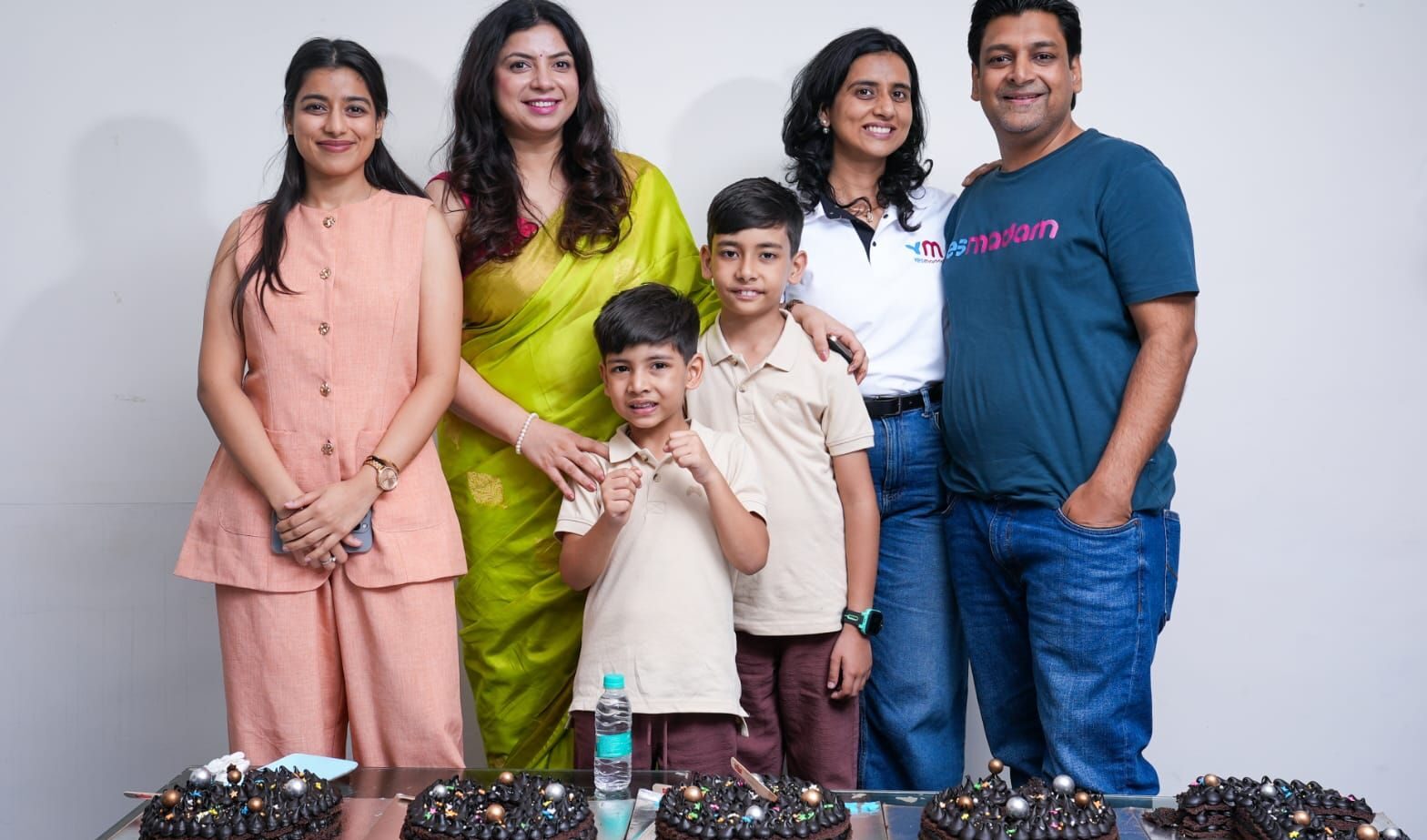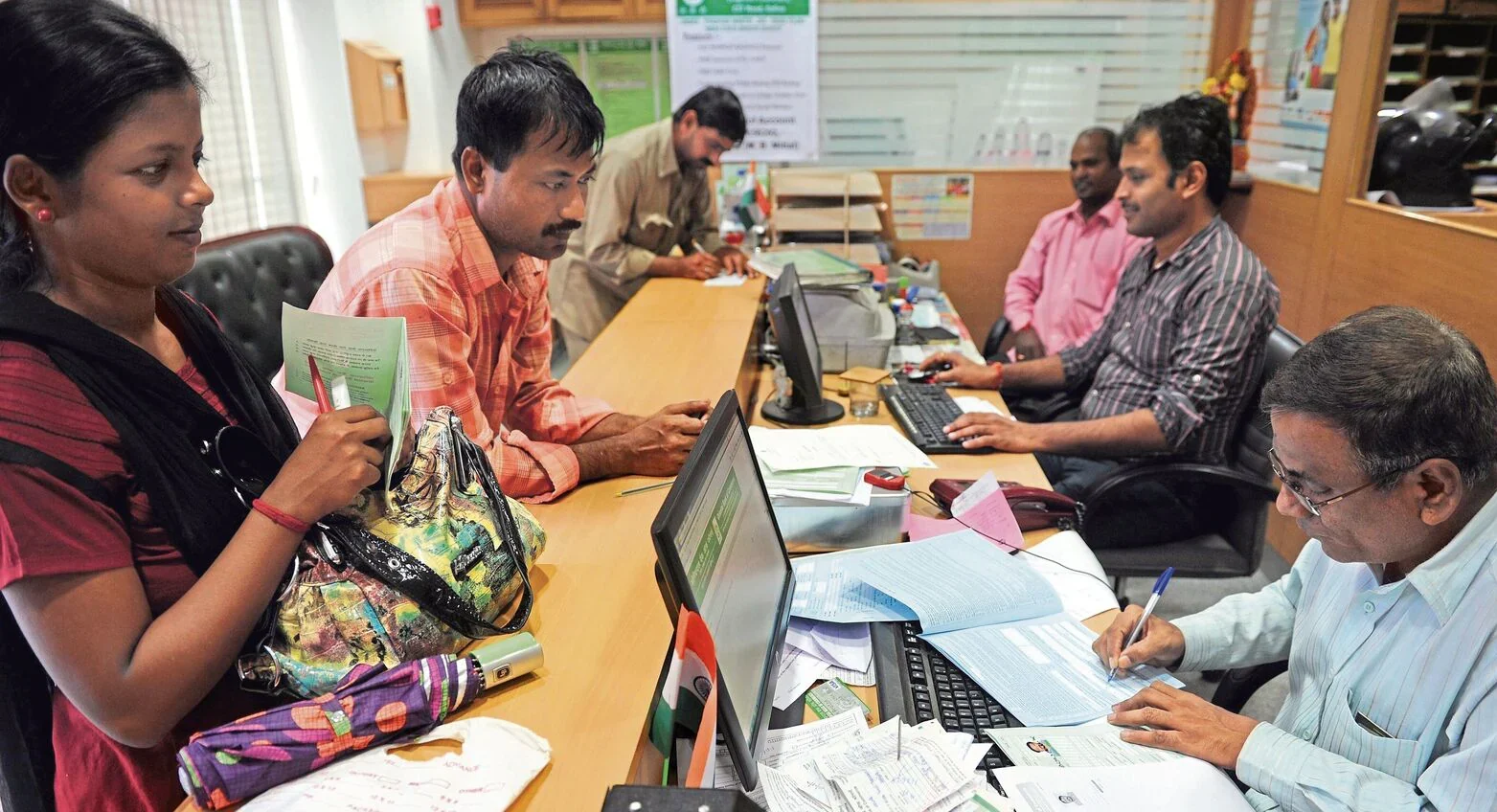The popular digestive tablet Hajmola, manufactured by Dabur India, has become the centre of a heated debate. Is it a traditional Ayurvedic medicine or simply a flavoured candy? The answer carries significant implications under India’s Goods and Services Tax (GST) regime.
According to reports, the Directorate General of GST Intelligence (DGGI), Coimbatore Zone, is currently investigating whether Hajmola should be classified as an Ayurvedic medicine subject to 12% GST, or a regular confectionery item which would attract a higher rate of 18%.
What’s at Stake
The classification matters because different tax slabs apply depending on the product’s category. Dabur maintains that Hajmola is not an ordinary sweet or candy but an Ayurvedic formulation aimed at aiding digestion. Consequently, the company asserts it should fall under the 12% GST bracket applicable to Ayurvedic medicines.
Prior to the implementation of GST, Dabur had already encountered legal hurdles regarding Hajmola’s categorization. The government had at one point classified the product as a “toffee or sweet,” while Dabur argued it should be treated as a medicinal item.
The Supreme Court’s Stand
The dispute over Hajmola had escalated all the way to the Supreme Court. Eventually, the court ruled in Dabur’s favour, declaring Hajmola an Ayurvedic medicine rather than a confectionery. This judgement had granted the company tax relief at the time.
A Broader Pattern of Classification Conflicts
Hajmola’s case is not the first where product classification caused GST confusion. A similar case was with ready-to-eat varieties of popcorn. In that instance, the GST Council issued new guidelines to determine the tax rates applicable:
- Salted or masala popcorns without branding were taxed at 5%.
- Pre-packaged and branded popcorns were subject to 12% GST.
- Caramel popcorn, due to added sugar, was classified as “sugar confectionery” and attracted an 18% tax.
Union Finance Minister Nirmala Sitharaman had explained then that any food item containing added sugar would fall under a higher tax category.
Classification Continues
As of today, the investigation into the classification of Hajmola by the DGGI is ongoing. If the authorities choose to classify it as candy, Dabur may have to pay higher tax under the 18% GST slab. Alternatively, if it continues to be an Ayurvedic product, the company gets the comparatively lower 12% rate.
Also Read: Bombay High Court Set to Decide GST Classification of Donuts






















